Are you still using tubes?
Ever wondered why your cycling buddy is breezing past you on those downhills? Spoiler alert: It’s not just the extra espresso in their bidon. It might be their tubeless tires! In this post, we’ll dive into why upgrading to tubeless tires could be the best decision you make for your road bike.
The Tubeless Triumph – Less Weight, More Speed
Benefits of tubeless tires for road cycling
Tubeless tires are the secret weapon for those looking to lighten their load. By ditching the inner tubes, you’re not just shedding weight; you’re gaining speed and agility. It’s like shedding that backpack you used in high school – suddenly, everything feels faster and easier!
Puncture-Proof? Almost There!
Puncture resistance and tubeless tires
One of the biggest game-changers with tubeless tires is their ability to resist punctures. Thanks to the self-sealing nature, those pesky mid-ride stops become a rarity. Imagine a world where punctures are a distant memory. No, it’s not a cyclist’s utopia; it’s just a tubeless tire!
Smooth Sailing on Rough Roads
Muc-Off Ultimate Tubeless Kit
Dynaplug Pill Tubeless Tire Puncture Repair Kit
Tubeless Road Tires
Road bike comfort with tubeless tire advantages
Ever dreaded those rough road patches? How about the miles of chip seal that leave your brain buzzing from the vibration? Tubeless tires come to the rescue with improved shock absorption. Your local cobblestone road suddenly feels less like a jackhammer workout and more like a smooth glide. The added bonus is being able to run a lower tire pressure also decreases rolling resistance, which gets you rolling even faster!
More Grip, More Grins
Enhanced grip and handling with tubeless tires
Enhanced grip and superior cornering are where tubeless tires truly shine. They make you feel like a superhero on those bends (but remember, capes are still a no-go for safety!). This really comes in handy on those wet rides where you can really benefit from that extra surface contact area that ultimately keeps the rubber side down!
Saving Time and Money: The Economic Genius of Going Tubeless
Avoiding the hassle and cost of changing tubed flats
Switching to tubeless tires is not just a performance upgrade; it’s a wise economic choice too. Let’s face it, time is money, especially when you’d rather be pedaling than patching up punctures.
Changing a flat tire on a road bike can vary in time depending on the skill and experience of the cyclist, as well as the circumstances (like weather conditions, the type of puncture, and the tools available). For an average cyclist, the process typically includes several steps: stopping and assessing the situation, removing the wheel, replacing or patching the tube, putting the wheel back on, and inflating the tire. So, on average, it might take a cyclist anywhere from 12 to 25 minutes to change a flat tire on the side of the road. Experienced cyclists might do it faster, while those less familiar with the process could take longer. This estimation doesn’t account for potential complications like difficult tire/rim combinations or additional problems found during the process. Swapping out a flat tire is like eating a salad at a pizza party – it’s necessary sometimes, but nobody’s really happy about it!
Fewer Flats, Fewer Frustrations:
With tubeless tires, the frequency of flats plummets, thanks to their self-sealing technology. This means less time spent on the roadside with a repair kit and more time cruising on your bike.
Long-Term Savings:
Think about the cost of tubes, patches, and sometimes even professional repairs. How man flats have you had in the past year? How much did you pay for the tubes, patches, and CO2? Over time, these expenses add up. Tubeless tires might have a higher upfront cost, but they save you money in the long run by drastically reducing these recurrent expenses.
Imagine a world where your wallet stays closed, and your bike stays on the road. With tubeless tires, you’re not just saving air; you’re saving dollars and sanity!
What’s the downside to going Tubeless?
While tubeless tires offer many benefits for road cyclists, they also come with some downsides. It’s important to weigh these cons against the pros when considering the switch:
- Initial Setup and Installation Complexity: Setting up tubeless tires can be more complex and time-consuming than traditional tubed tires. It often requires specific rims, a tubeless-ready tire, a sealant, and a special valve and rim tape. The initial installation might also require a high-volume pump or a compressor to seat the tire correctly on the rim.
- Messy Sealant: The use of liquid sealant in tubeless tires can be messy, especially during installation or when you have to refill it. This sealant also needs to be topped up or replaced periodically, as it can dry out over time.
- Higher Upfront Costs: Tubeless tires and the necessary setup components (like compatible rims and sealant) can be more expensive initially than standard tires and tubes.
- Difficulty in Sealing Larger Punctures: While tubeless tires are great for small punctures, larger cuts or holes may not seal properly, potentially requiring a tire plug or even a new tire.
- Variability in Tire and Rim Compatibility: Not all tires and rims are compatible with tubeless setups, so it’s crucial to ensure that your equipment is suitable for a tubeless configuration.
- Potential for Air Loss: Tubeless tires can sometimes lose air more quickly than tubed tires, requiring more frequent pressure checks and top-ups.
- Learning Curve: There’s a bit of a learning curve for those new to tubeless tires, particularly in understanding how to handle and repair them, both at home and on the road.
- Limited Choices in Certain Tire Types: While the variety is growing, there may still be fewer choices in tubeless tires compared to traditional clinchers, especially in certain sizes or specific tire types.
Considering these factors can help in making an informed decision about whether tubeless tires are the right choice for your cycling needs.
So, is Tubeless for You?
While there are some downsides to using tubeless tires on a road bike, the advantages often outweigh these cons for many cyclists. Here’s a breakdown of why the pros are generally seen as more significant:
- Puncture Resistance and Self-Sealing Nature: This is arguably the biggest advantage. The ability of tubeless tires to seal small punctures automatically means fewer stops for flats and more uninterrupted riding. This benefit alone can be a game-changer for many cyclists, particularly those who ride in areas prone to thorns, glass, or other debris.
- Improved Ride Quality and Performance: Tubeless tires can be run at lower pressures without the risk of pinch flats, which results in a smoother ride over rough surfaces and better traction. This translates into improved comfort, better grip, especially in corners, and potentially faster ride times.
- Weight Savings: Eliminating the inner tube reduces overall wheel weight, which can contribute to a lighter bike and a more responsive ride. In cycling, where every gram can matter, this is a significant advantage.
- Long-term Durability and Cost-Effectiveness: While the initial setup cost for tubeless tires is higher, they can be more economical in the long run. The reduced frequency of punctures means fewer tubes to replace and less money spent on repair kits. Additionally, the ability to repair small punctures extends the life of the tire.
- Greater Choice and Availability: As tubeless technology becomes more popular, the range of options and availability is increasing. This growth in the market means more choices in terms of tire types, sizes, and price points, making it easier for cyclists to find a tubeless setup that suits their needs.
- Advancements in Technology and Ease of Use: The technology behind tubeless tires and their accessories is continuously improving, making them easier to install, maintain, and repair. This evolution is gradually reducing many of the initial drawbacks associated with tubeless systems.
While the setup and maintenance of tubeless tires can be more complex and there’s a learning curve involved, many cyclists find that the benefits in terms of performance, comfort, and reduced maintenance needs more than compensate for these challenges. Each cyclist’s decision will depend on their specific riding conditions, preferences, and priorities, but for many, the shift to tubeless offers a significant and tangible improvement in their riding experience.
Ready to let some air out of those old tubes and join the tubeless revolution? Your road bike will thank you, and your riding buddies might just struggle to keep up! Share your experiences or questions below, and let’s keep the conversation rolling!

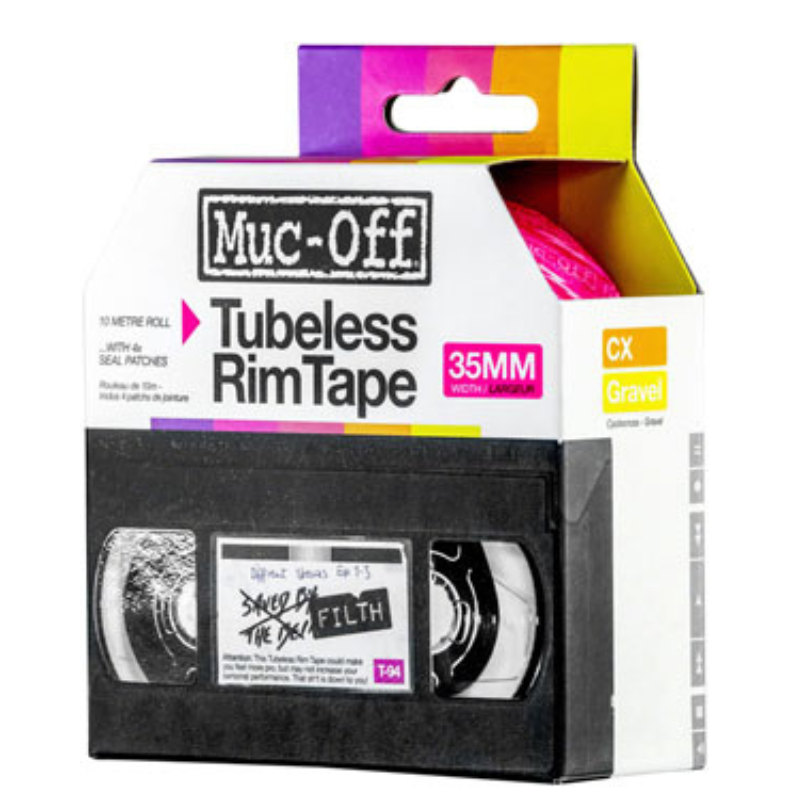
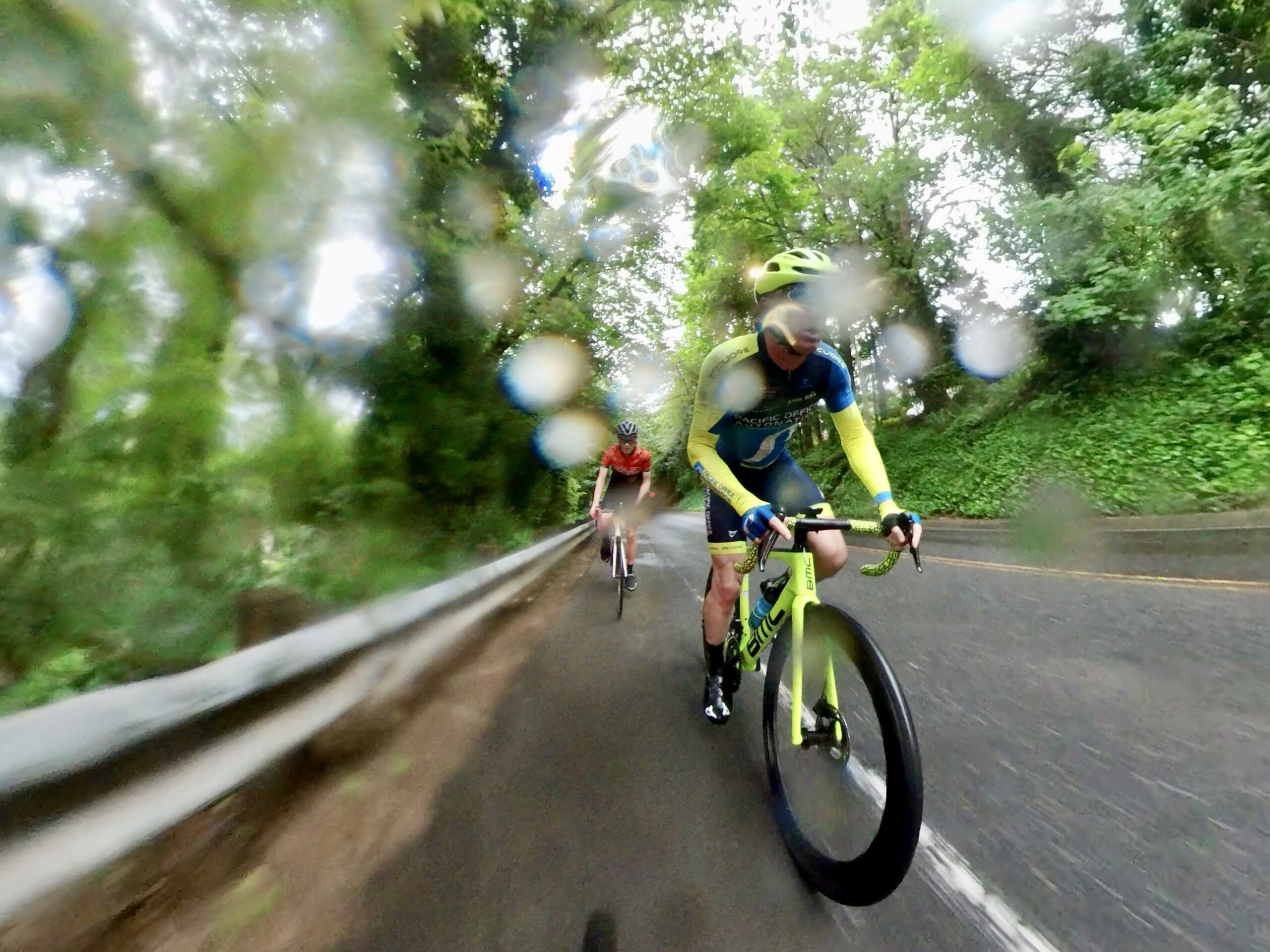

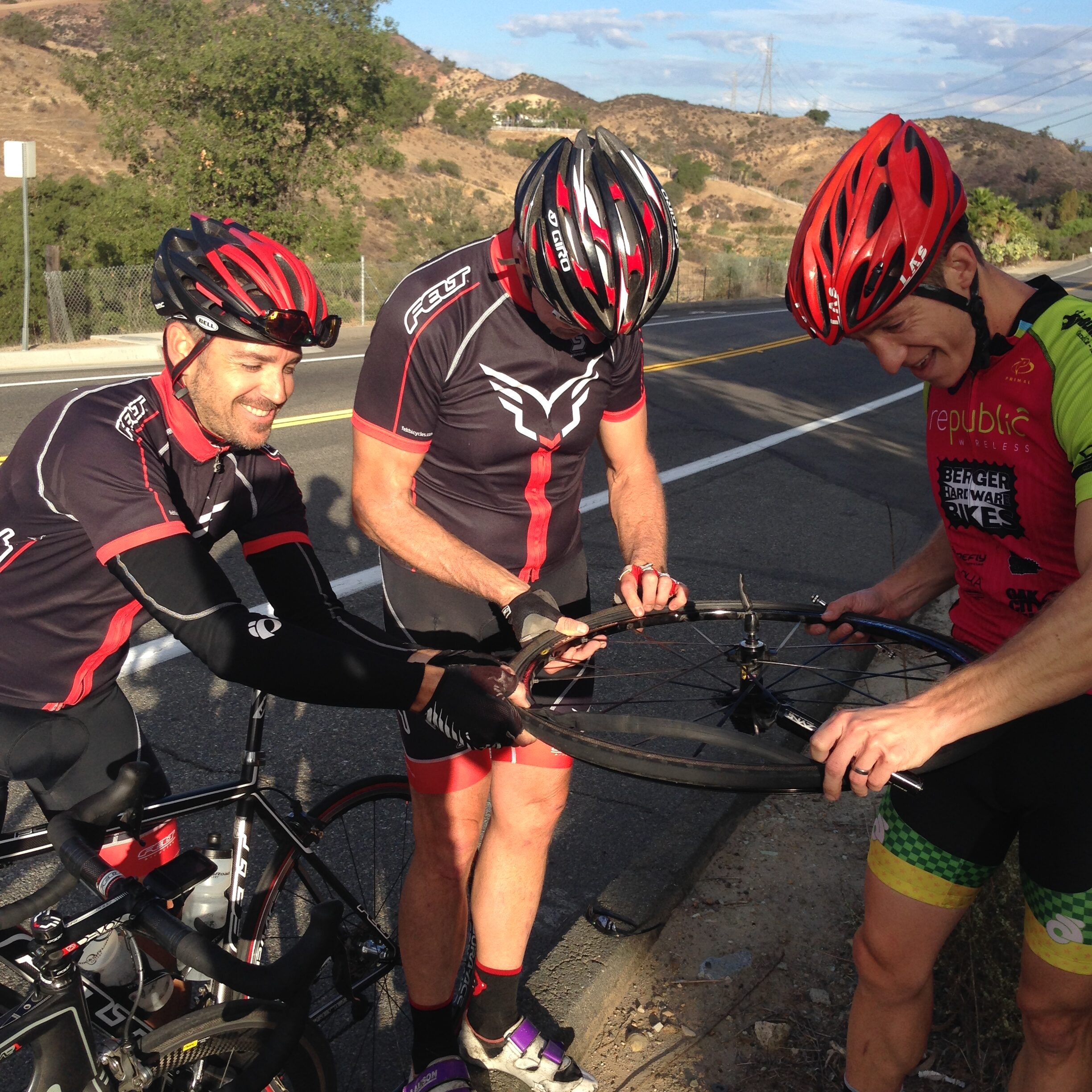


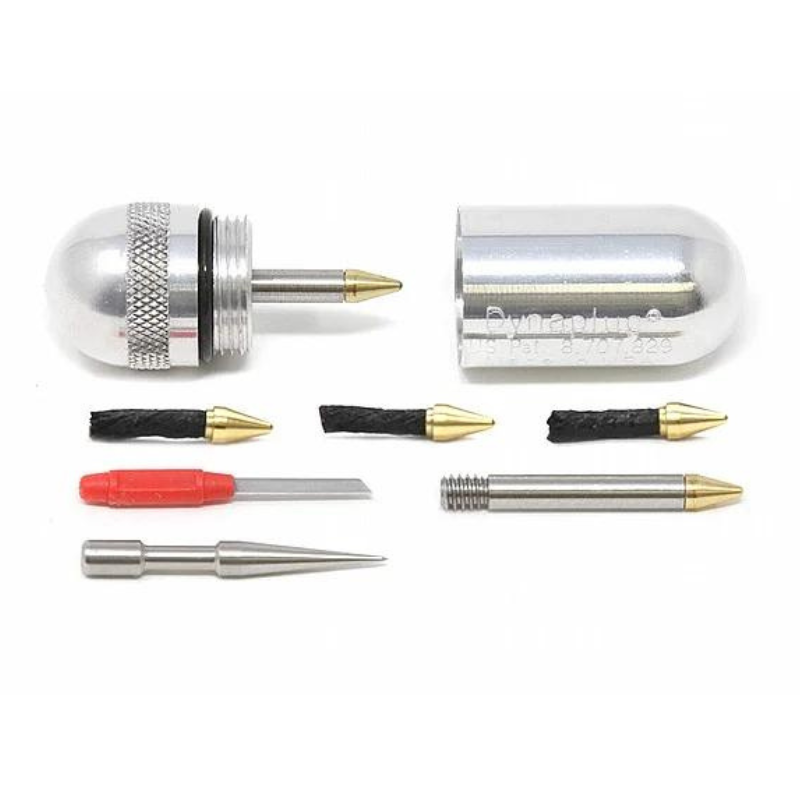
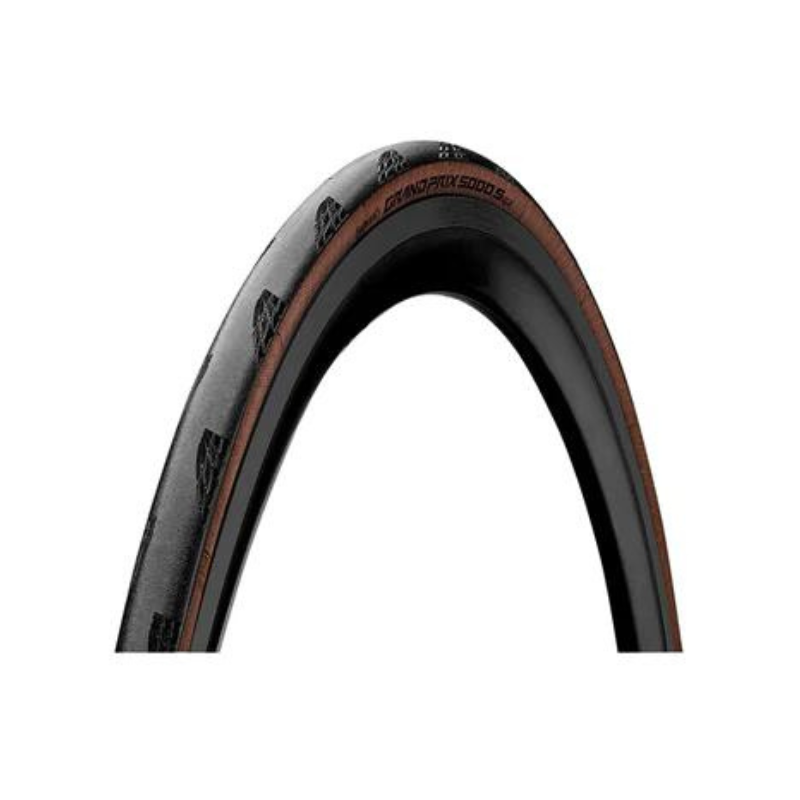
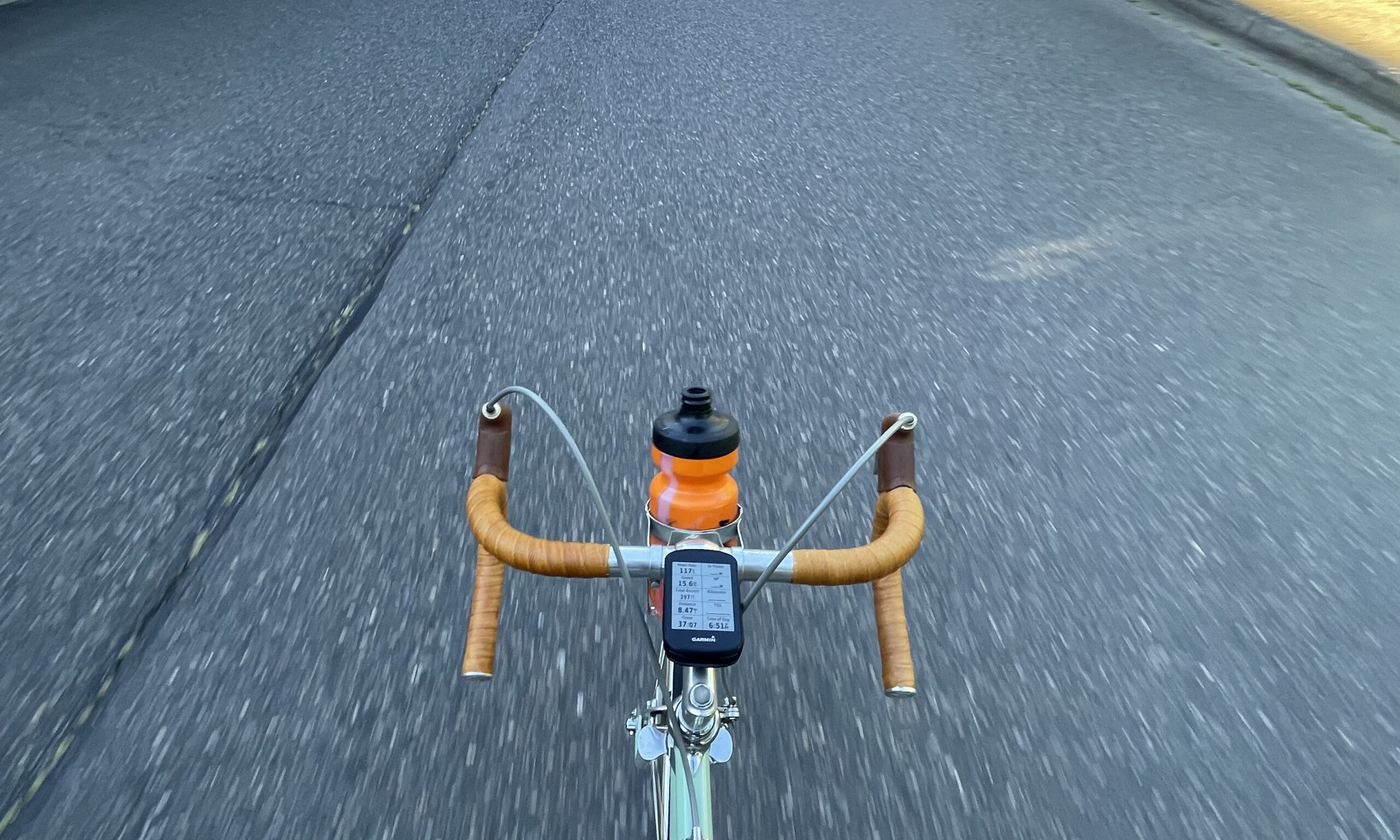
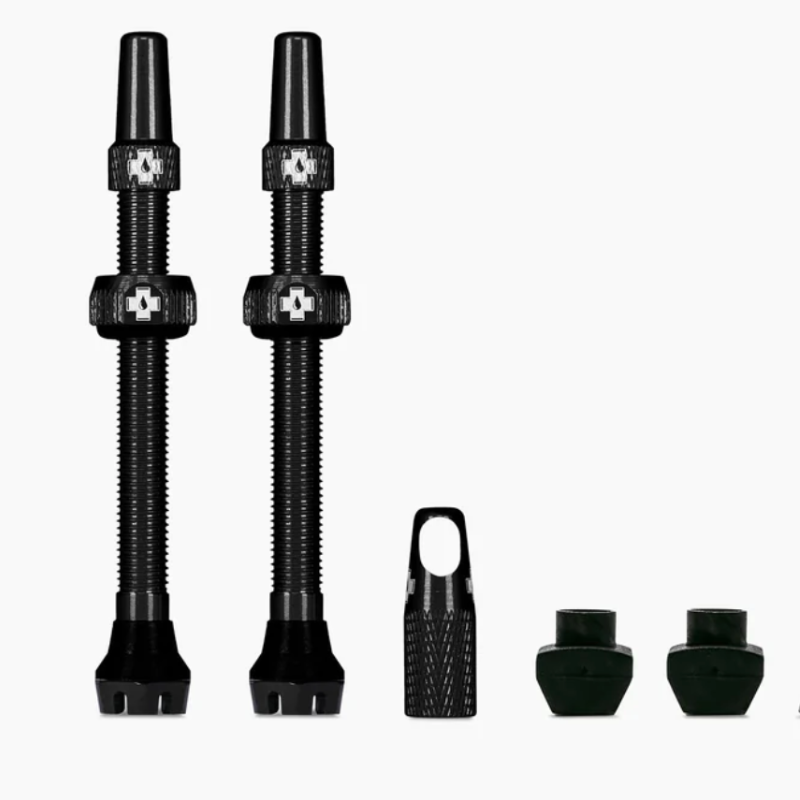








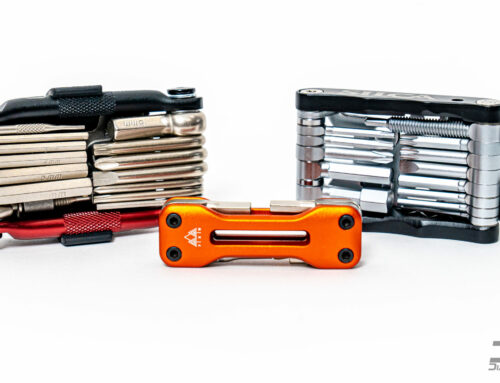
Leave A Comment
You must be logged in to post a comment.